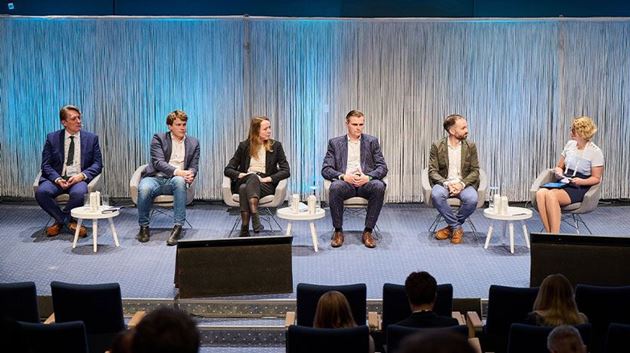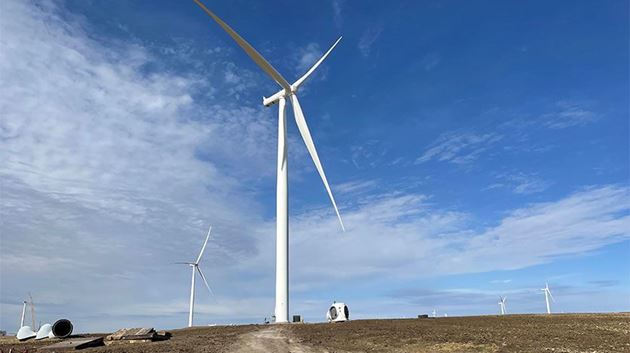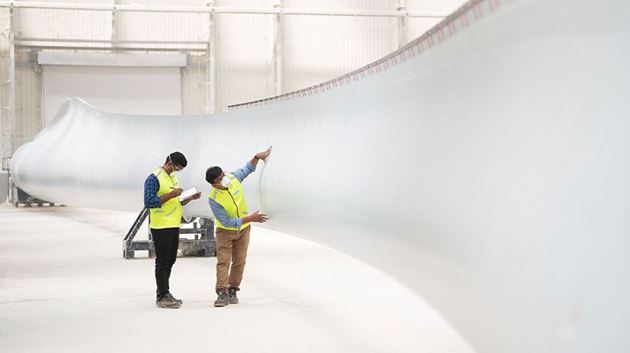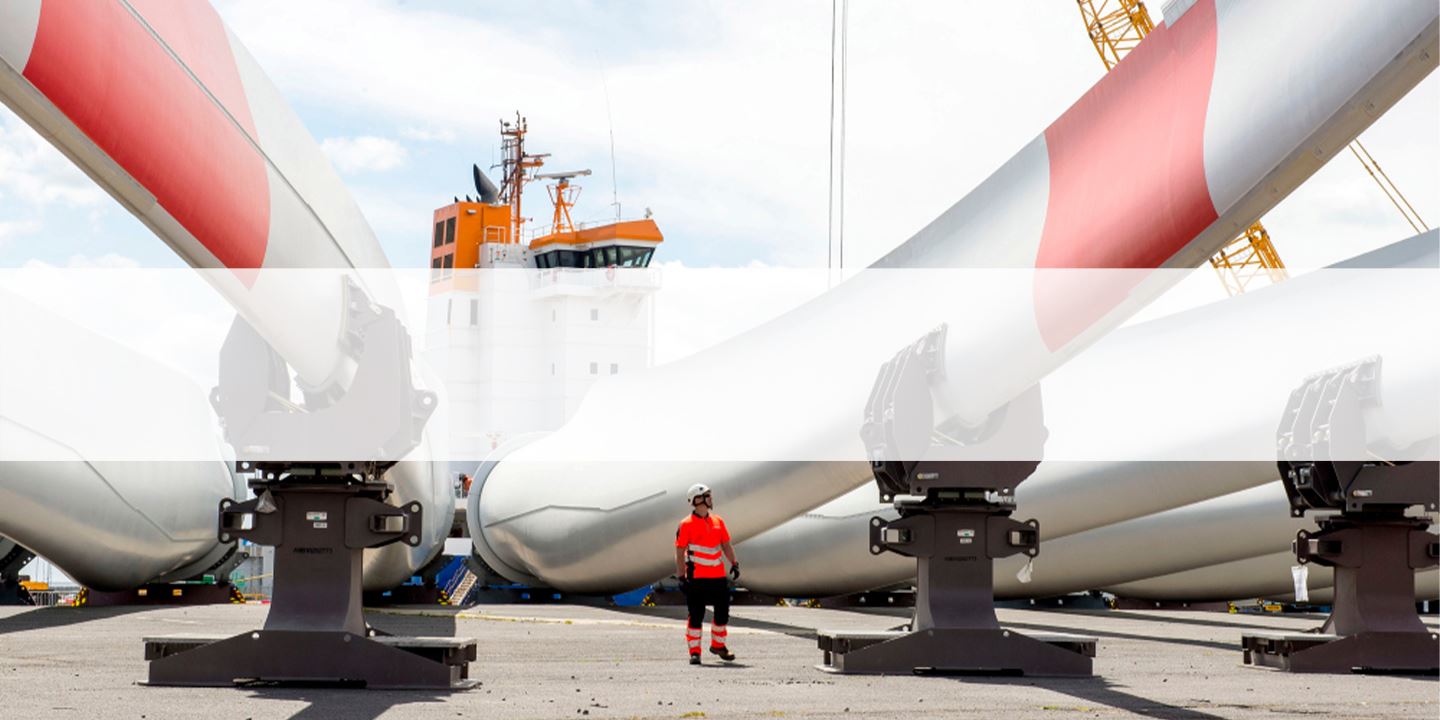
Behind the scenes of the onshore RecyclableBlade project
Madrid / 5 January 2023
The onshore recyclable blade is a simple, and robust solution in our portfolio that paves the way to the final objective in our agenda: to have a fully recyclable turbine by 2040. We talked with the team behind to understand the challenges and next steps.
September 2021. Siemens Gamesa developed the world’s first recyclable wind turbine blade, known as the RecyclableBlade, for commercial use offshore. In August 2022, the first ever commercial installation of recyclable blades took place at RWE’s Kaskasi offshore wind power project, and just one month later the onshore recyclable blade was ready for commercial use too.
“Firstly, the main benefit is of course being more respectful with the environment; but it also help customers comply with regulations that are now being implemented in some countries,” says Miguel Angel Gonzalez-Posada, Senior Key Expert working in Product Portfolio Management, the department in charge of updating and upgrading our product offering.
“Firstly, the main benefit is of course being more respectful with the environment; but it also help customers comply with regulations that are now being implemented in some countries,” says Miguel Angel Gonzalez-Posada, Senior Key Expert working in Product Portfolio Management, the department in charge of updating and upgrading our product offering.
The first step was the technical validation of the resin present in the blade. A change of the resin formula is what allows the materials to be dissolved and recycled when the blade meets its end life. This validation was previously carried out in the offshore blades, but they needed to verify that it also met the particularities of the onshore blades’ needs. Jose Javier Gaztelumendi, a Research and Technology Team Leader and responsible for the blade materials team in onshore explains:
“Resins have two components called base and hardener. And the hardener, which is what causes the resin to cure, had to be adjusted to the needs of the blade”. However, this change does not affect the turbine performance: “It is a resin totally equivalent in terms of properties to the non-recyclable ones, and the only difference is that under certain conditions, it is recoverable and can have a second use. “This blade gives an extra competitive edge in those markets where auctions highly value that the turbine is easily recyclable. And the last advantage is that costs for uninstalling and dismantling the turbine are lower since the blade is recyclable.”
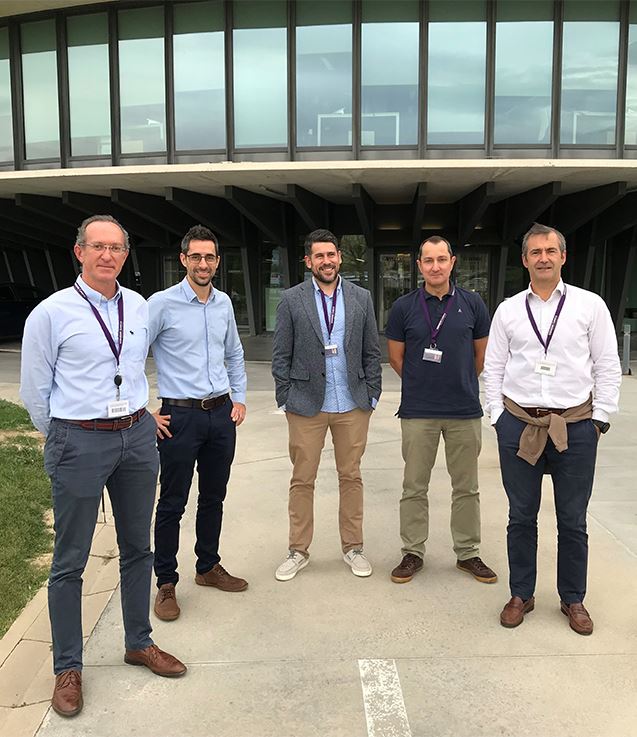
Specifically, in France it is mandatory from the July 1 2022 that 90% of the total mass of the wind turbines will have to be reused or recycled, and by January 1, 2023, at least 45% of total rotor mass should be reutilized or recycled, increasing to 55% in 2025.
Jonas Pagh Jensen has worked as a Sustainability Specialist involved in the RecyclableBlade project since the beginning. He highlights that the potential for waste avoidance is enormous: “Towards 2030, we expect that there will be more than 80 GW installed every year globally, which will mean more than 1 million tons of blade material will be installed on an annual basis – materials that can be recycled if we theoretically consider that all of these blades are made from RecyclableBlades.”
The next steps on the project are focused on improving the efficiency of the recyclability to make it even easier to reuse and to work with bio-based origin materials like e.g. vegetable oils instead of petroleum or hemp fibers instead of carbon and glass fibers.

